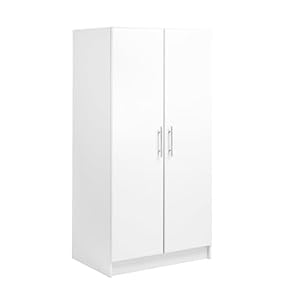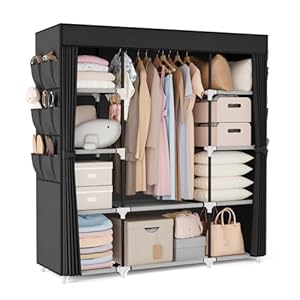
When considering open-concept layouts, envision a space where boundaries blur, and functionality meets aesthetics seamlessly. Picture a setting where every corner serves a purpose, enhancing the overall flow of your living area. Imagine the possibilities of combining different elements to create an environment that is both cohesive and adaptable to various needs. Curious to explore how each design choice can transform your living space into a harmonious blend of style and practicality?
Maximizing Natural Light
To flood your space with warmth and brightness, position large windows strategically to maximize natural light. By allowing sunlight to filter in, you create an inviting and spacious atmosphere. Consider windows that face south to capture the most sunlight throughout the day. Additionally, avoid blocking windows with heavy curtains or furniture that obstructs the light flow.
Utilize light-colored paint on walls and ceilings to reflect natural light, making the room feel more expansive. Mirrors can also help bounce light around the space, enhancing the overall brightness. Keep windows clean to ensure maximum light penetration into the room.
During the day, opt for sheer or light-colored window treatments that allow sunlight to filter through while still providing privacy. This way, you can enjoy the benefits of natural light without sacrificing your comfort. Remember, a well-lit space not only looks more appealing but also contributes to a positive and energizing environment.
Strategic Furniture Placement
Strategically position your furniture to optimize space and flow within your open-concept layout. Start by placing key pieces like sofas and chairs in a way that creates designated pathways and conversation areas. Consider the natural flow of movement within the space and ensure that there’s enough room to maneuver comfortably around the furniture.
When arranging your furniture, think about creating visual separation between different areas while maintaining an open feel. Use rugs, lighting, and decorative screens to delineate specific zones without completely closing them off. This approach helps define spaces within the open layout without compromising the sense of unity.
Additionally, make use of multifunctional furniture pieces that can serve more than one purpose. Items like storage ottomans, nesting tables, and modular shelving units not only maximize space but also provide flexibility in how you utilize the area. By strategically placing these versatile pieces, you can adapt your layout to different activities or events seamlessly.
Creating Distinct Zones
Consider utilizing furniture and decor elements to clearly define distinct zones within your open-concept layout, enhancing both functionality and visual appeal.
To create a seamless transition between different areas, use area rugs to delineate spaces such as the living room, dining area, and workspace. Positioning a sofa or a bookshelf strategically can help separate the zones without the need for physical barriers. Additionally, using different lighting fixtures for each zone can provide a sense of separation while adding ambiance to each area.
Another way to establish distinct zones is by incorporating varying color schemes or textures. For example, painting an accent wall or using different wallpaper designs can visually separate the kitchen from the living room. Utilize furniture pieces like room dividers or open bookshelves to add functionality while defining specific areas within the open layout.
Incorporating Greenery
Enhance the aesthetic appeal and indoor air quality of your open-concept space by incorporating greenery strategically throughout the layout. Plants can act as natural dividers, defining areas within your space without disrupting the flow. Consider placing tall, leafy plants like palms or fiddle leaf figs near seating arrangements to create a cozy nook or to provide a sense of privacy in a larger room.
Hanging plants are a great way to add greenery without taking up floor space. Install hooks near windows or high ceilings and hang cascading plants like pothos or spider plants to draw the eye upward and add a touch of nature to overlooked areas. Additionally, incorporating a variety of plant sizes and shapes can add visual interest and texture to your open-concept layout.
Remember to choose plants that thrive in the lighting conditions of your space to ensure they stay healthy and vibrant. By strategically placing greenery throughout your open-concept layout, you can bring the outdoors in and create a harmonious and refreshing atmosphere.
Trending Products














